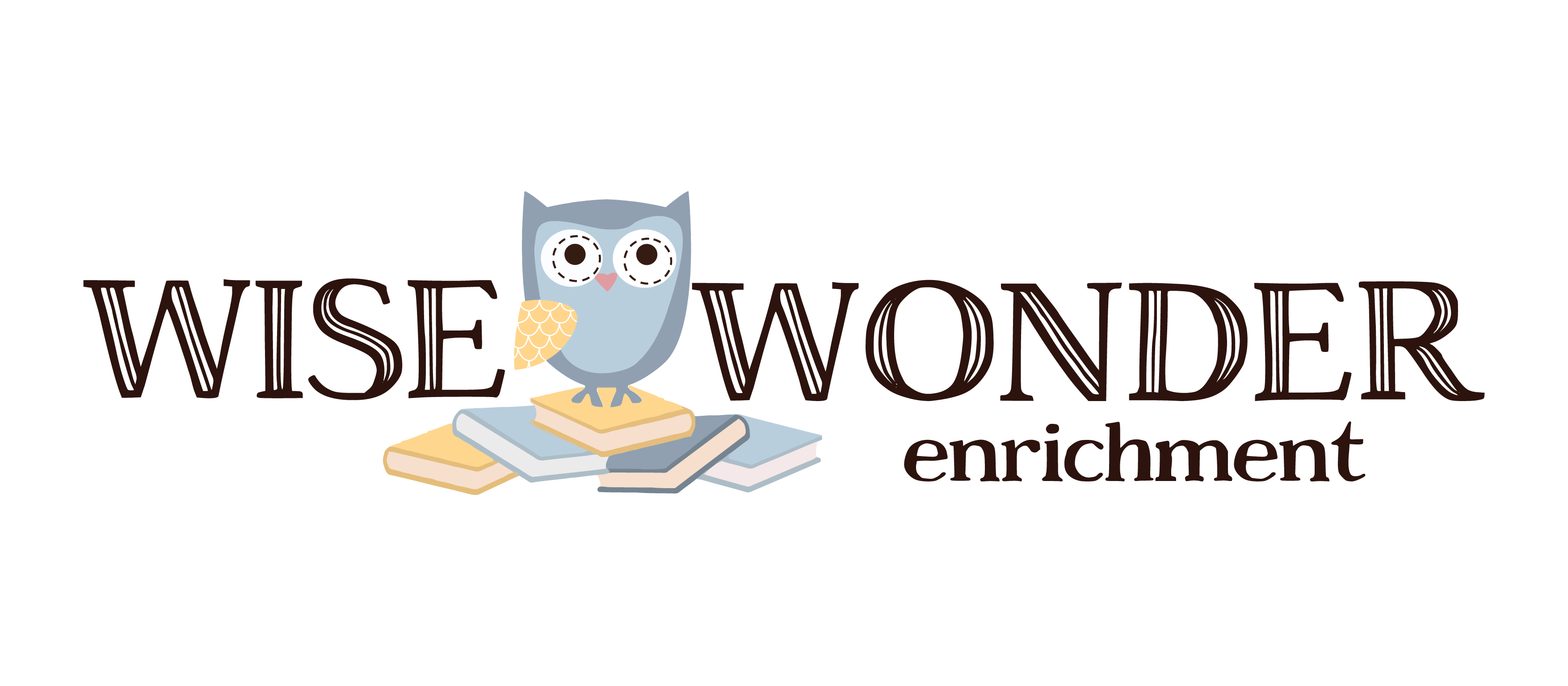Vocabulary expansion in young learners is often a first and crucial step in developing reading and writing skills. But it’s not something that happens overnight.
By the time our students reach the Early Hoots tier, they have the foundational skills necessary to advance to the next step of learning: handwriting and pre-reading. In addition, we incorporate exercises that develop vocabulary and expand familiarity with new words – two vital areas for building strong readers. When students develop language, they recognize and understand a wider variety of terms, making reading a smoother process. That’s why we make sure to incorporate theme-based vocabulary words into our weekly activities.
We don’t just work on vocabulary through writing activities, though. There are countless ways to help your child bolster their language and learn the meaning behind it and how to use new words.
Converse often and openly.
A child needs to hear a word used 5 to 10 times before it sticks in their vocabulary, so detailed conversation is an integral part of vocabulary expansion. We engage students in conversation from day one and pose new ideas and open-ended questions throughout each class. When children are younger, these conversations typically tend to focus on their personal experiences. As they grow, however, we invite them to ask questions in return to teachers and peers. These conversations develop social skills while also encouraging students to see new perspectives and hear about different experiences. Beyond conversation, it’s also essential to discuss text to self or text to world connections during storytime to encourage students to think deeply and critically. All of these interactions incite growth and next-level thinking.
Introduce synonyms and antonyms.
Another idea is to chat about similar and dissimilar words during class to get a child’s gears turning. It’s a fun exercise – and kids can use their minds and imaginations while also discovering words for the first time! We do this in particular with prepositions (on to above and under to beneath), as kindergarten readiness exams often incorporate trickier options. Many students understand the concept of “above” and “beneath” when described to them, but without previous exposure to these synonyms, they don’t have the necessary background information. But it can go beyond that too! We incorporate all of these words and phrases into lessons to help them grasp all facets of a word and its meanings.
Play grouping games.
Grouping activities are great when it comes to introducing words and ideas to little ones. We first break the groups down into broad options – forest animals, vehicles, etc. – to see what each student can think of right away. From there, the activity becomes more specific – can you think of three white animals? What are some buildings you see in New York City? These questions provide a clear starting point and an understanding of how to make the scenarios more detailed and complex. Then, introduce new words and concepts and find engaging ways to incorporate them into the session. The same goes for activities like word games, songs, and more. The more options children have, the more quickly and consistently they’ll retain.
Read, read, read.
Reading aloud to children develops larger vocabularies, a greater thirst for knowledge, and an eagerness to read independently. We focus on one main story in each class, stopping to observe the pictures, talk about the characters’ emotions, and more. Routine is also crucial. Read at the same time every week, so students recognize and get comfortable with the layout of class or storytime. It’s also important to read across all genres – from fiction to non-fiction to wordless fairytales to expose students to different styles and structures. Varied reading opens up understanding, enjoyment, and curiosity! Another tip: choose books that are sometimes beyond a tier’s age group to encourage more advanced reading comprehension at an early age, introduce new ideas, and encourage conversation.
Building a robust vocabulary in young learners is a process that spans the entirety of their education. Kids are always learning – not just from parents and teachers, but from each other, their surroundings, and more. Encourage and boost that growth by staying present and active in your child’s education from the very start.

